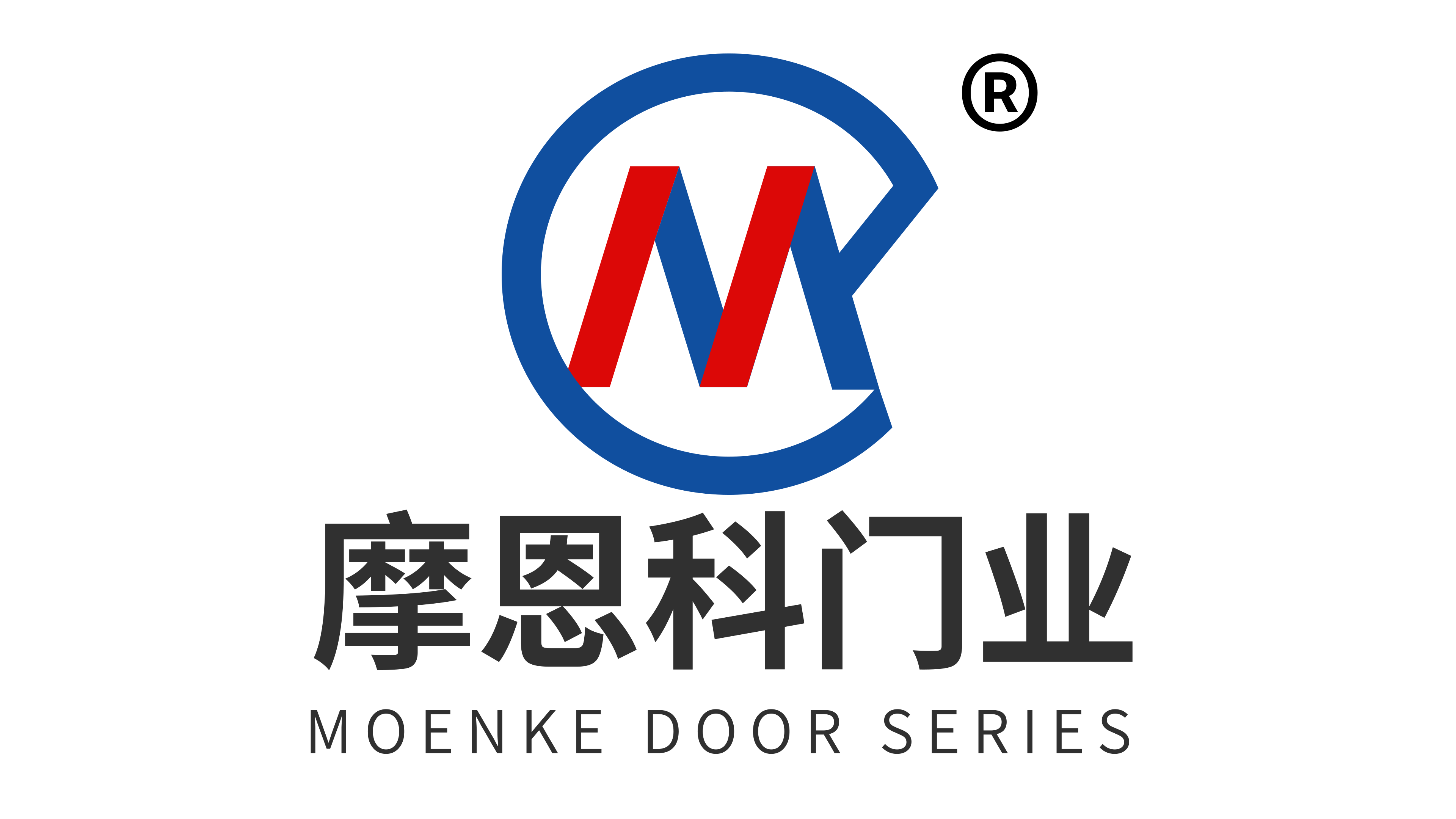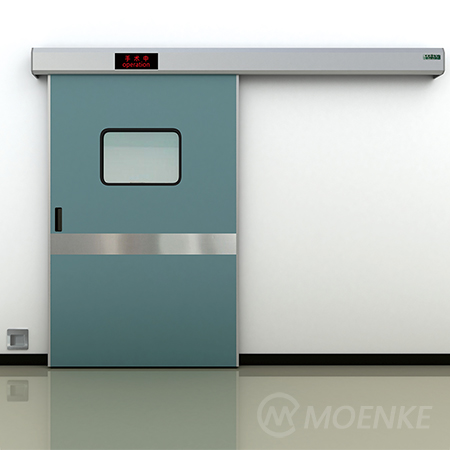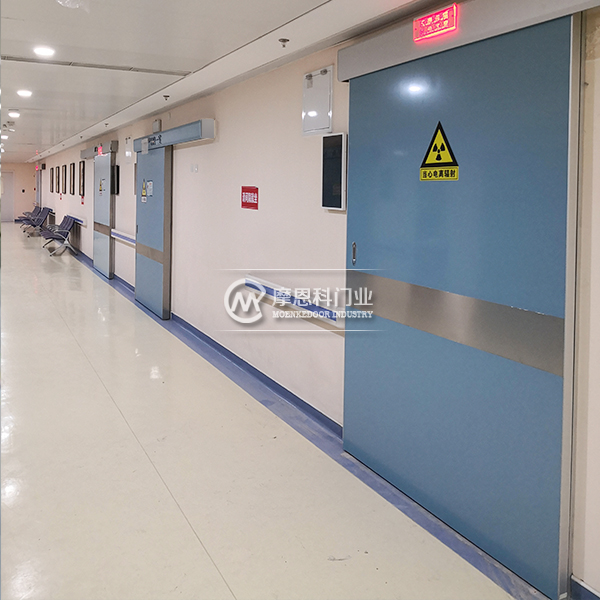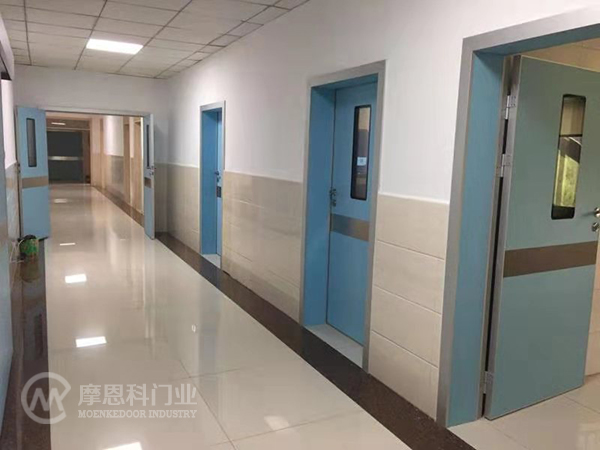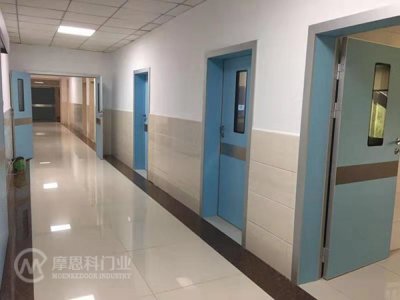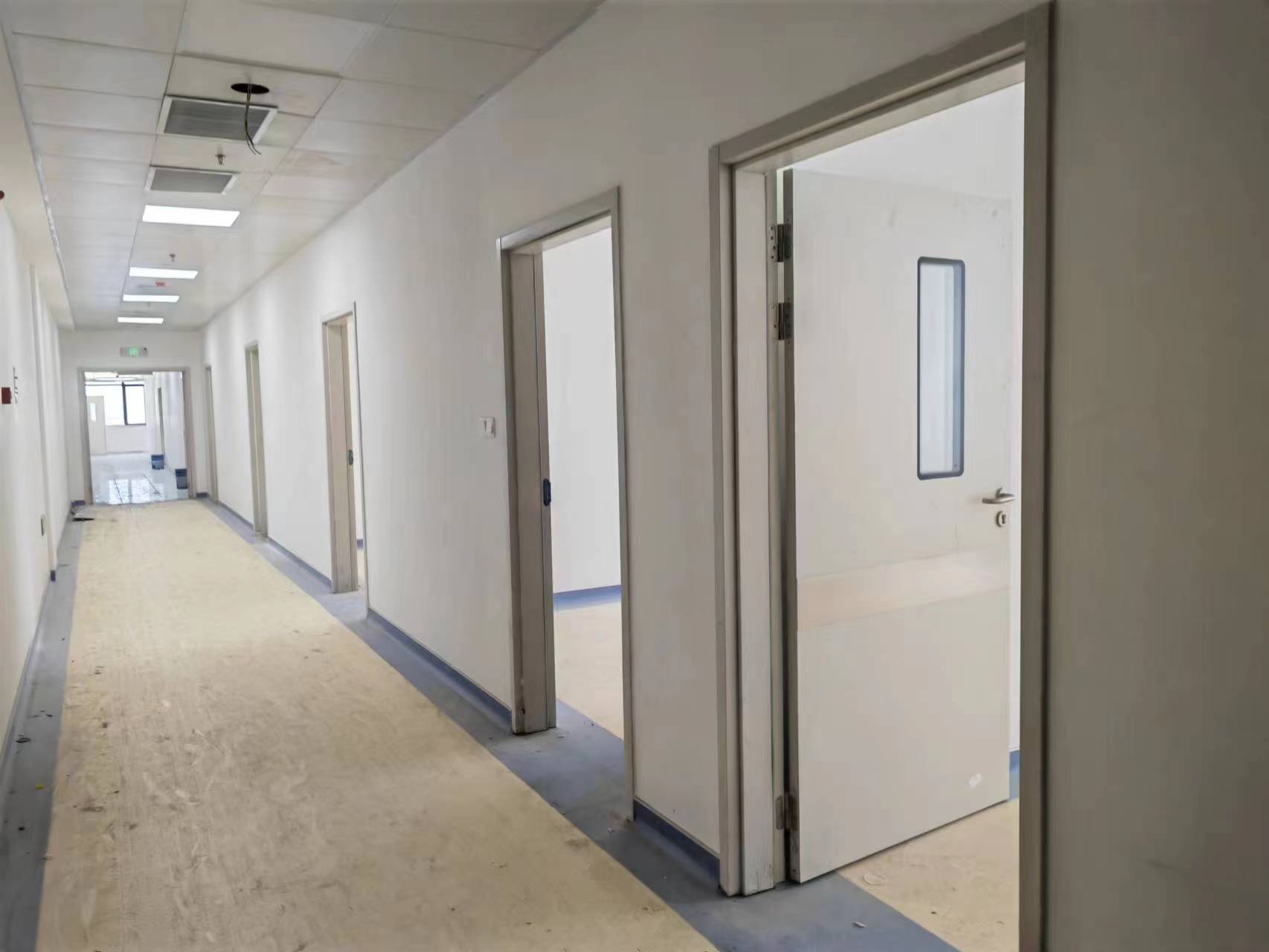
Characteristics and requirements of medical protective lead doors: Medical protective lead doors are special doors used in medical institutions, radiation diagnosis rooms, radiation therapy rooms, and other places. Their main function is to provide radiation protection and protect personnel from radiation. The following are some characteristics and requirements regarding medical protective lead doors:
1. Protective materials: Medical protective lead doors are usually made of thick lead plates, which have radiation protection capabilities and can absorb and reduce the penetration of radiation.
2. Structural design: The structural design of medical protective lead doors should take into account the need for radiation protection. Radiation protection sealing strips are usually installed between the door frame and the door leaf to prevent radiation leakage.
3. Size and weight of the door: Due to the high density and relative weight of lead doors, the size and weight of the door need to be considered during installation. This involves appropriate support and track systems to ensure the safe operation and stability of the door.
4. Automation function: Medical protective lead doors can be equipped with automation functions to facilitate personnel access and reduce door opening time, thereby reducing personnel exposure to radiation.
5. Protection level: Medical protective lead doors are selected based on their usage location and the required protection level. Different places and equipment may require different levels of radiation protection, so the thickness and protective capabilities of lead doors may also vary.
6. Safety standards: Medical protective lead doors should comply with relevant safety standards and regulations, such as national health industry standards, environmental protection requirements, etc., to ensure their quality and safety performance.
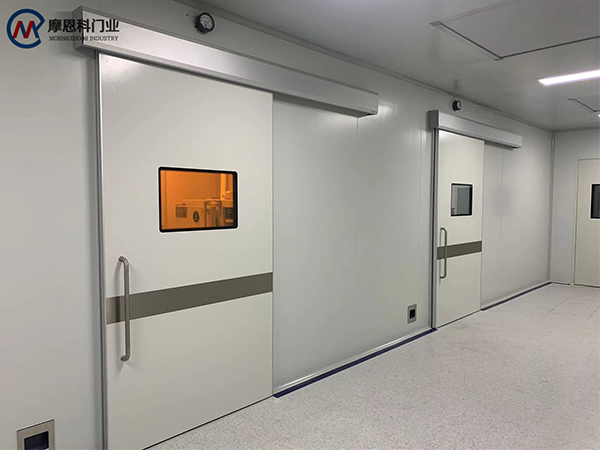
Medical doors play an important role in medical institutions, protecting personnel from the hazards of radiation. The correct selection, installation, and maintenance of medical protective lead doors are crucial for ensuring radiation protection effectiveness. Medical institutions should choose appropriate medical protective lead doors based on specific needs and relevant regulations, and regularly test and maintain them to ensure their performance and safety.
